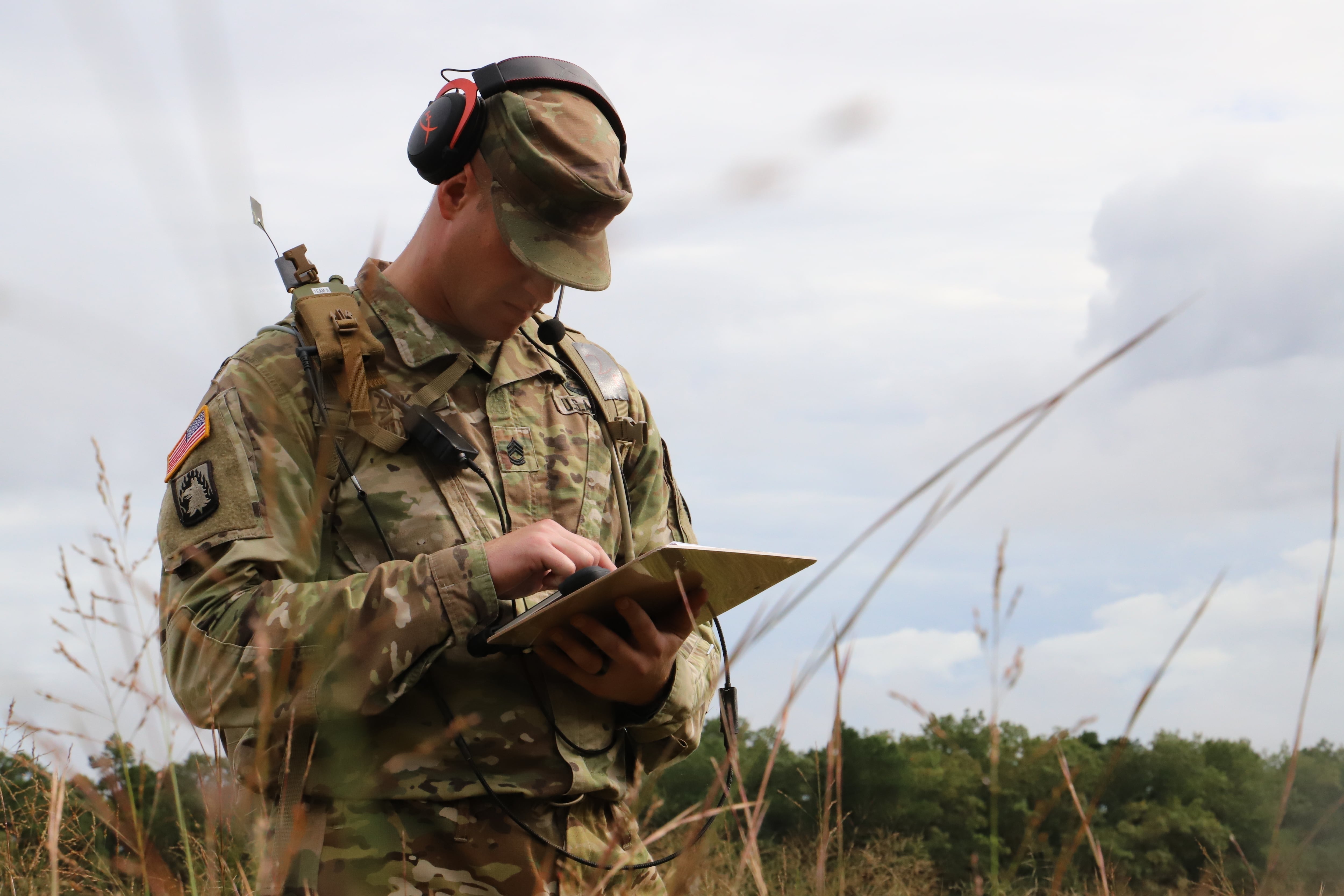WASHINGTON — The Army expects to release an implementation strategy for its newly unveiled unified network plan, a document meant to set the foundation for how the service will link its enterprise and tactical network, according to a senior Army official.
That upcoming implementation plan will be accompanied by an execution order so that its actualization is treated like an operation, Lt. Gen. John Morrison, deputy chief of staff, G6, said during a panel hosted by C4ISRNET at the annual AUSA conference.
The goal is to have the plan finalized in the next 45-60 days, he said, if not sooner.
“We’re going to assign the critical tasks that we need to accomplish the next 18-24 months. Assign milestones and then, most importantly, assign responsible parties both in a supported and supporting relationship so that as an Army, we move on this common azimuth and deliver the unified network that will allow decision dominance, that will allow data to get to the point of need, that will allow the delivery of strategic, operational and tactical effects at the time and place of our commander’s choosing,” Morrison said of the implementation plan.
On the requirements side, the head of the network cross-functional team outlined his three priorities to underpin the new unified network plan.
First, according to Brig. Gen. Jeth Rey, there is a “transport-agnostic” system that has multiple paths. He also wants a data-centric environment, as opposed to network-centric, where forces can connect and pull down data from across the globe seamlessly. Last, he said the network must be underpinned by a security architecture.
Many of these priorities are informed by his recent operational assignment as the chief information officer for Central Command.
“I saw forces come into the theater that were not able to join the network right away. It was really, really cumbersome for everything that we needed to do while I was there,” he said.
This was exemplified during the recent Afghanistan withdrawal in which, when the quick reaction force landed, there was no network on the ground. They had to reach over the horizon and tie into the transport agnostic systems to get the data they needed, Rey said.
Mark Pomerleau is a reporter for C4ISRNET, covering information warfare and cyberspace.








